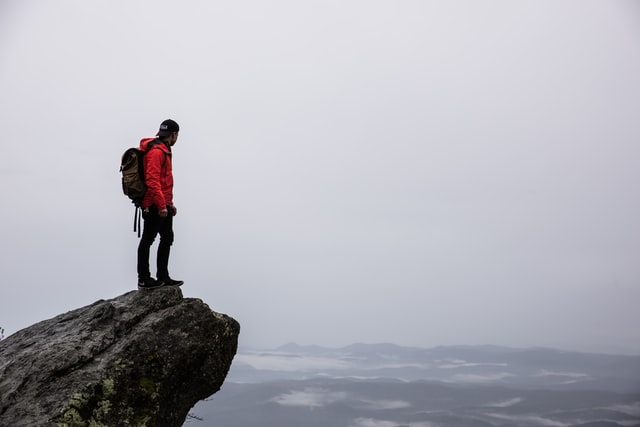A waterproof jacket is one of the essential items for both hiking and camping. It can be challenging to decide which one is the best. There are a variety of options available, each made from a distinct material, with unique features and specs. This guide is meant to help you decipher the jargon and equip you with the knowledge necessary to select the best jacket for your needs.
When purchasing a waterproof jacket, the fit must always be considered. A tighter-fitting jacket will flap less and breathe better, while a looser-fitting jacket will provide you more freedom of movement and layering options.
Weight. A lightweight waterproof jacket is ideal. It’s meant to be worn as an outer shell to keep you safe from the wind and rain. The base and mid layers are in charge of this. Most current day coats weigh between 300 grams and up, and you’ll want to be able to fold the coat neatly to store it in a backpack if you’re going hiking.
Materials. Rain shell jackets are made up of numerous layers of fabric. The majority use a two-, three-, or four-layer design. In all three of these styles, the outer layer and center layer are the same. The differences are found in the third and innermost layer.
Seams. It’s critical to make sure the jacket’s seams are sealed or taped. Seam sealing is the act of preventing leaks by closing the tiny holes created by the needle during the sewing process. “Fully taped” or “critically taped” jackets are available. Every seam on a completely taped garment is taped, but just the high-exposure sections are taped on a critically taped garment.
Fit. Every brand has its own size chart, and the length of the coat and arms might fluctuate significantly from one coat to the next. A coat that ends halfway down your bum is ideal for hiking. Longer coats might make it difficult to move about, especially while climbing over stones and tough terrain. Similarly, the jacket should not be overly short, as this may cause it to ride up when moving.
Hood fit. The fit of your hood is vital. Always go for one with a peaked hood and a drawstring at the back and/or sides for tightening and loosening. Make sure there’s enough area for your head while the hood isn’t blocking your eyesight.
Zips. One of the most essential aspects that is sometimes forgotten is the zip. A zip that extends all the way to your chin is ideal. Make sure they’re waterproof or, if not, cover them with storm flaps to keep water out. Many jackets also have underarm zips, which can help to keep you cool and provide ventilation.
Pockets. Observe a lot of pockets on the coat. Is there enough room for storage? An interior phone pocket and map pocket, while not essential, can be quite useful.
There are product tests gathered that are fully reviewed by the experts and all you have to do is to pick one. Waterproof jackets are made for a specific activity or way of life. Running, cycling, and other high-aerobic activities require jackets constructed of lightweight, highly breathable fabrics that effectively regulate heat and perspiration. Hiking, ski, as well as mountain jackets are built more toughly, with stiffer fabrics that can withstand weather conditions. Waterproofness and breathability are balanced with value in these coats for commuters, dog walkers, hillwalking, camping, and weekend getaways to keep you dry outdoors.

